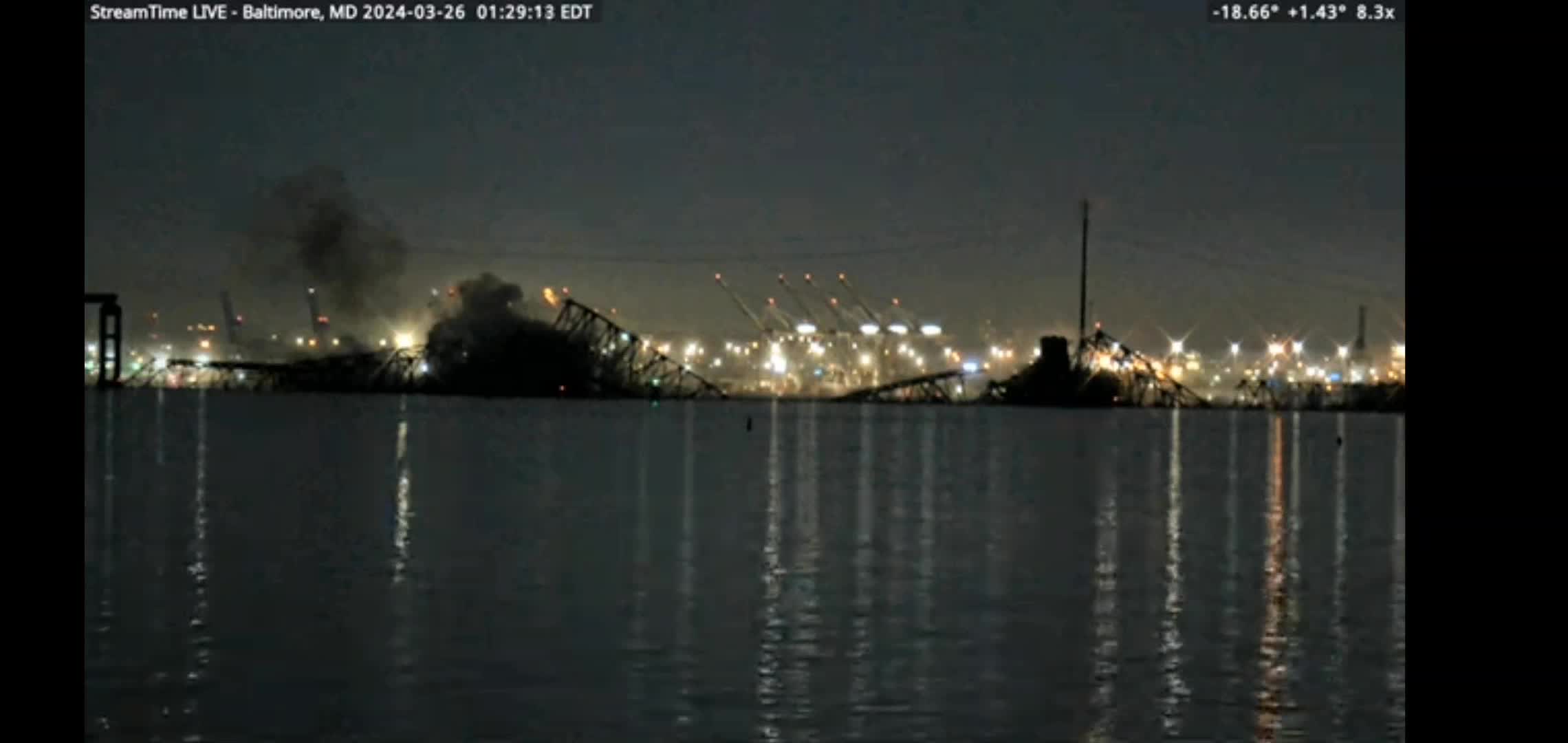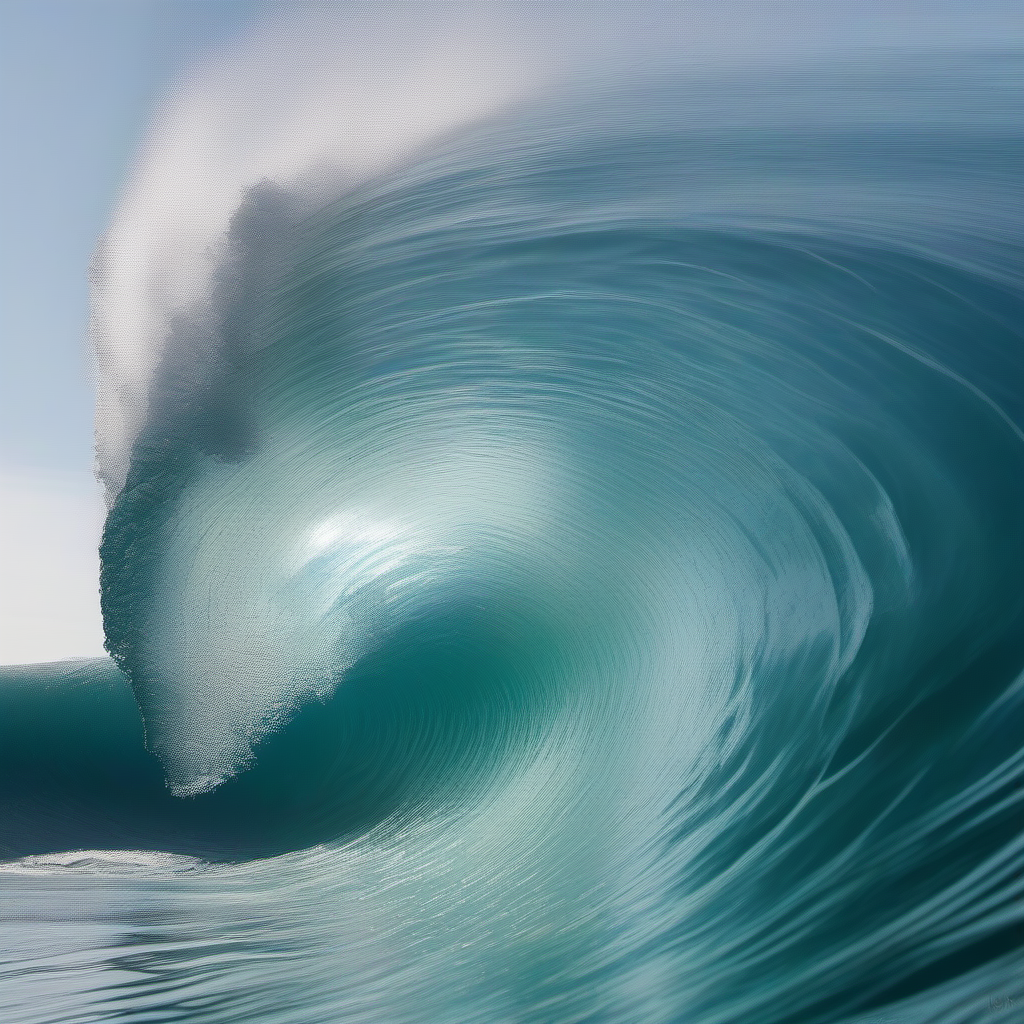Here is a link to another post with an article.
Lights on boat began to flicker before incident, suggesting some sort of power failure. Steering a full size car without power steering is possible, but spoiler, steering a huge container ship ain’t.
Someone commented that exhaust increased noticably as well, possibly because pilot put ship in reverse after losing power (with prop walk veering the ship into the support).
All just people talking on the Internet at present, but “asleep at the wheel” isn’t necessarily what happened.
Given how “easily” the bridge fell… Why aren’t ships that size required to 100% be escorted by tugs???
Cause then we would have to hire more people to tug all those ships in and it would be less efficient.
Not very profit margin of you to suggest that.
What’s the profit margin of the port with the river blocked? And of the city with a major road cut?
The shareholders want their returns NOW!
Politics.
“More tug jobs? Not on my watch!”
And money.
“Why do I need to pay for your safety”
This’ll be the real reason.
My comment was just unhelpful and inappropriate - a bad joke aimed at puritanical Americans.
Why aren’t ships that size required to 100% be escorted by tugs???
They likely were, but there are limits on how fast even a group of tugs can influence a ship many times their size/weight/mass.
The laws of physics still apply.
At the risk of sounding too Clarke and Dawe, it is very rare that a ship loses power and control, and somewhere it could hit something important, and hits that thing, and the thing is apparently so fragile that it just falls to pieces. It’s been there for 46 years, and the Port of Baltimore currently sees an average of 53 ships in and out per month, so about 3.5 big ships under the bridge per day. That’s a lot of passages over the years without incident.
and the thing is apparently so fragile that it just falls to pieces.
I mean, it just got hit with a hundred thousand ton hammer. That’ll do a pretty good number on most structures, I imagine.
Roughly 20 people are still missing. Water is almost 0 degrees. I think this will be the death toll.
I also wonder how TF this happened.
The temperature in the river was about 47 degrees Fahrenheit (8 degrees Celsius) in the early hours of Tuesday, according to a buoy that collects data for the National Oceanic and Atmospheric Administration.
Edited to add:
Replies seem to think that I think 8°C water isn’t cold or dangerous. I don’t think that.I’ll wear a t-shirt outside for 10 minutes when it’s 47 degrees outside. But 47 is a whole new level of cold when it’s water.
I have a little pond in the yard, so I occasionally have to reach in there throughout the year. Right now it’s close to that 47F mark, and it’s like past “this is cold” to “this hurts!”
Water temp of 47 can be lethal very quickly.
Water cools the body about 25 times faster than air of the same temp. A diver in 70-degree water may go blue in the lips even with a wetsuit. 47 degrees will have your body going numb super quickly. Then you lose dexterity and start having muscle cramps all over. You lose the ability to swim away or even tread water.
It’s bad.
Woof… Found a map of the area, and yeah, you can route around the collapse, but the next closest crossing is a ways away…

Now imagine shipping traffic! Lots of deliveries not happening this week!
Dundalk and Sparrow’s Point is basically all distribution centers now.
I feel like the whole thing shouldn’t have come down as easy as it did…
Edit: Nevermind, I didn’t realize how large this ship actually is.
I don’t think integrity after getting a support annihilated by a massive ship is a reasonable design objective. You’d need way more supports and structure, at least doubling the weight and cost of the structure, I’d guess maybe 4x. As far as stress tests go, getting one of your two supports knocked out is an extremely stressing condition.
I learned recently that in engineering there’s a saying that anyone can build a bridge that will stand, but only an engineer can build a bridge that barely stands.
Which seems dark, but bridges are built on budgets while adhering to aesthetic, material, and site/traffic (on, under, and sometimes over) requirements.
And besides, that ship was between 210 to 257 million pounds, traveling at whatever speed it was going. I’m not a physicist, but I recon that’s enough force to knock down a bridge. (As evidenced.)
Even moving very slowly, that’s a hell of a lot of force exerted on something designed to take a sideways load caused by, at most, wind.









